When winter hits hard, the need for protection from the elements becomes critical, especially for construction, outdoor storage, or agriculture. You are looking to keep your concrete from freezing, cover some greenhouse, store firewood, or something that needs a shield, right? Choosing that right shield (a custom tarp) could be the difference between a job well done and a frost disaster. In this winter tarps comparison guide, we’ll have an insightful battle; insulated tarps versus standard tarps so you can easily decide which one best suits your needs in extreme winter conditions.
The Case for Insulated Tarps
What Are Insulated Tarps?
Insulated tarps are crafted specifically for cold-weather protection. They offer a thermal barrier that keeps objects underneath warmer than the frigid air outside. Their insulation layers—usually made from materials like foam or polyester are sandwiched between outer layers of these heavy-duty tarps’ fabric. They excel in holding heat and preventing frost damage.
Imagine your heavy duty insulated tarps as the winter parka of the tarp world, while your standard tarp is more of a windbreaker. Sure, both can protect you from the wind, but only one will keep you cozy when the temperature plummets!
Where Do Insulated Tarps Shine?
- Concrete Work: Pouring concrete in winter can be tricky. As temperatures drop below freezing, concrete’s hydration process can slow or stop altogether, potentially causing cracks. Insulated tarps for concrete work by trapping heat, ensuring that the concrete cures properly without frost setting in.
- Greenhouses: If you have a small-scale farming operation or a backyard greenhouse, keeping your plants warm is crucial. An insulated tarp for greenhouses can make the difference between a healthy crop and frostbitten leaves. These farm tarps keep warmth inside, acting like a heated blanket for your plants.
- Construction: Winter construction doesn’t stop, but you do need to prevent equipment, machinery, and work materials from freezing. Insulated construction tarps are a favorite among builders to protect projects, tools, and structures in harsh climates.
The Benefits of Insulated Tarps
- Superior Thermal Protection: Insulated tarps are designed to retain heat. For instance, when using heavy-duty insulated tarps on construction sites or greenhouses, you create a warmer microenvironment that can stave off frost damage and maintain operational efficiency.
- Multi-layered Protection: These tarps are not only thermally insulating but also resistant to moisture and wind. The best thermal reflective tarps often have additional layers that repel snow, ice, and water, adding more durability during winter storms.
Insulated tarps are best tarps for extreme cold, especially when you need warmth or protection for heat-sensitive materials and plants. But what about those days when all you need is to keep things dry or block a bit of wind?
The Case for Standard Tarps
What Are Standard Tarps?
Standard tarps are your go-to option for basic protection from the elements. These heavy-duty covers, often made from polyethylene or vinyl, are typically waterproof and UV-resistant. These waterproof tarps don’t offer thermal insulation but are great at shielding objects from rain, snow, and wind.
Where Do Standard Tarps Shine?
- Firewood Storage: If you’re keeping your firewood dry through the winter, a best tarp for firewood is all you need. Firewood tarps don’t have to be insulated because the goal is to keep moisture out, not heat in.
- Outdoor Furniture: Standard vinyl tarps are great for covering outdoor furniture, machinery, or even cars. They provide protection from snow and ice but don’t trap heat. For many outdoor storage needs, winter tarps for comparison show that standard tarps are often the more economical choice.
- Temporary Cover: Standard poly tarps are handy for quick fixes. Need to cover an exposed roof or outdoor equipment in a snowstorm? Standard tarps for winter are versatile, easy to use, and can get the job done without the extra cost associated with insulated models.
The Benefits of Standard Tarps
- Cost-effective: If you’re not dealing with temperature-sensitive materials, a standard tarp is much easier on the wallet. You don’t need a thermal blanket to keep the lawnmower covered, after all.
- Versatility: These tarps can be used for all sorts of tasks, from protecting machinery to creating temporary shelters during winter camping trips. Cold weather tarps that aren’t insulated still offer excellent protection from snow and wind.
Standard tarps are a no-fuss solution for basic winter protection, but when the mercury drops dangerously low, insulated tarps often take the lead in terms of practicality.
Insulated Tarps vs. Standard Tarps: Which Should You Choose?
It all boils down to one question: What are you protecting from the cold?
Go for Insulated Tarps If:
- You need extreme weather tarps to keep concrete curing, crops growing, or work materials safe.
- Heat retention is crucial to prevent frost damage.
- You’re working in an industry like construction where freezing could compromise the safety and success of a project.
- You want winter-proof tarps that can withstand sub-zero conditions while keeping things warmer underneath.
Go for Standard Tarps If:
- You’re simply looking for heavy-duty tarps for winter that can block snow and rain.
- You’re protecting materials that aren’t sensitive to freezing, like firewood or outdoor equipment.
- You need a quick, versatile, and affordable solution for covering large areas.
Best Practices for Winter Tarp Use
- Secure the Edges: Whether you’re using insulated vs. standard tarps, securing the edges with weights or straps can help prevent the tarp from flapping in the wind or blowing away.
- Layering for Extra Protection: In extreme conditions, consider doubling up. Use a standard tarp for moisture resistance, topped with an insulated tarp for thermal protection. It’s the “layer up” approach, much like wearing a thermal shirt under your jumper!
- Check Regularly: Especially when using heavy-duty insulated tarps on a construction site or greenhouse, make sure to check for any wear and tear. Replacing damaged tarps promptly will ensure your materials remain protected.
As Explained, Know Your Need First
In the great battle between insulated tarps and standard tarps, there’s no clear winner—it all depends on your needs. For firewood, quick cover jobs, or simply blocking the wind, standard tarps will do the trick. But if you need to trap heat, prevent frost, or keep your concrete from cracking in the cold, insulated tarps are your new best mate for winter protection.
So next time winter rolls in, don’t just throw on any old tarp. Whether it’s covering your tools or keeping your concrete warm, make sure you’ve got the right gear to tackle those country-freezing winter conditions head-on!



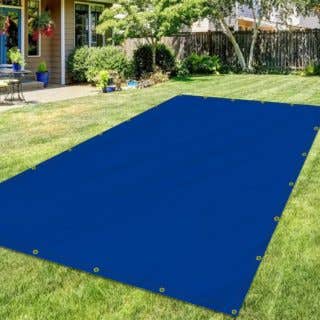


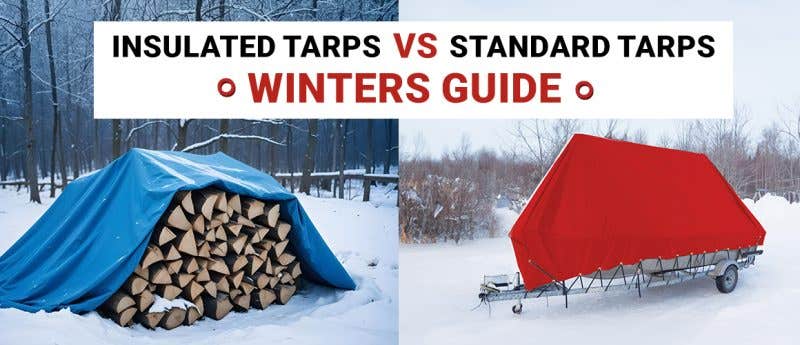


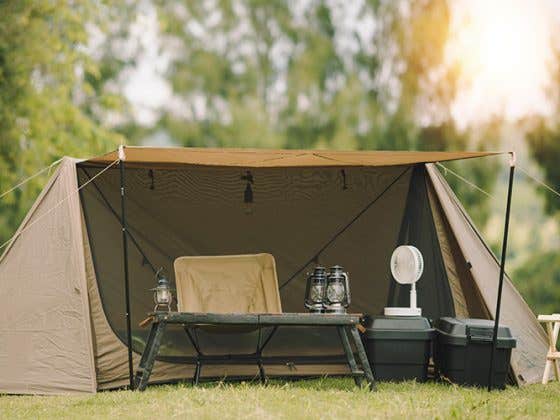

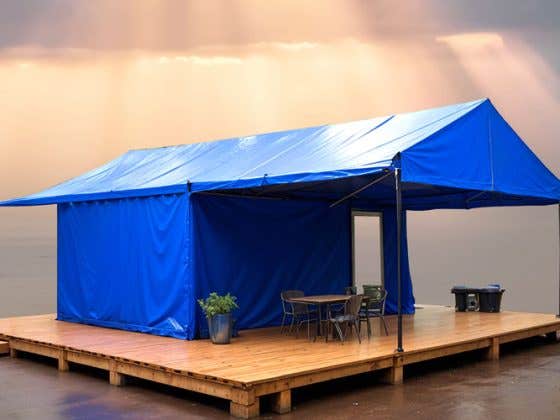
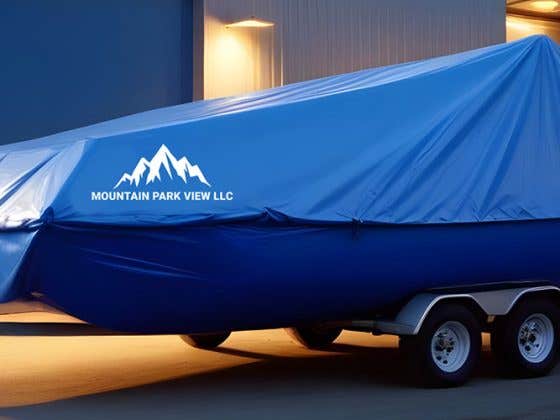


Recent Comments